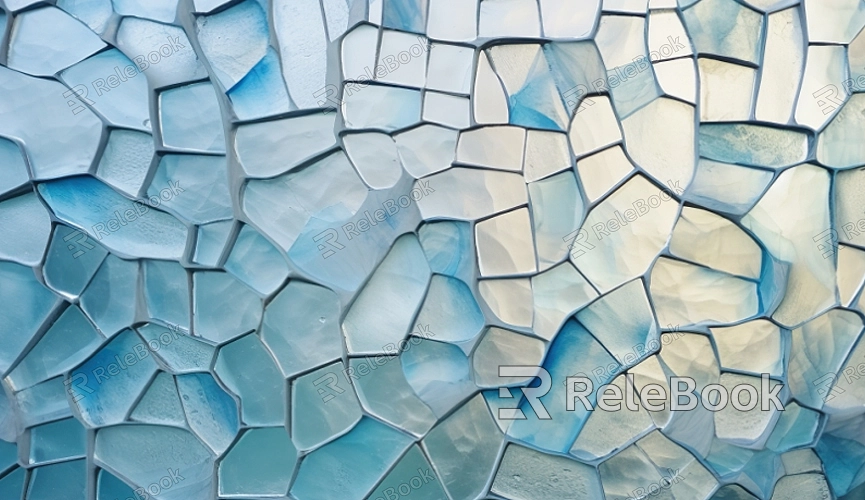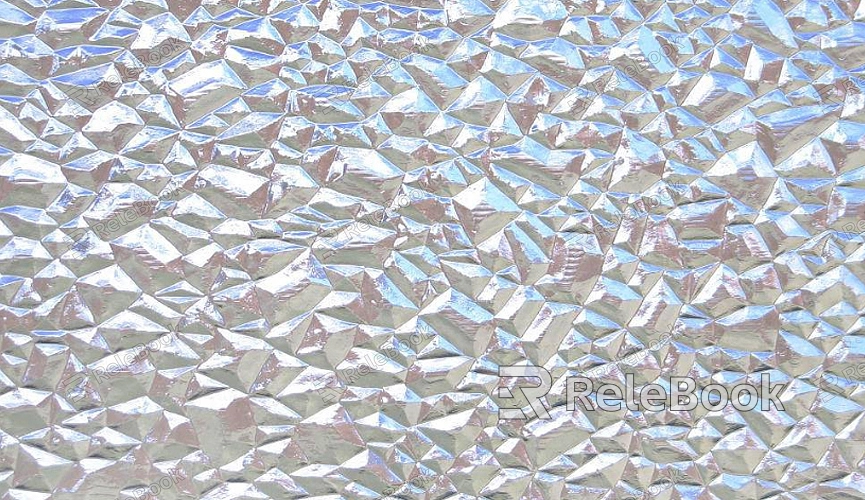How to Add 3D Textures to Glass?

Understanding Glass Properties
Before diving into texturing, it’s essential to understand the intrinsic properties of glass. Glass is characterized by its transparency, which means textures need to be handled differently compared to opaque materials. The key properties to consider are:
Refraction: Glass bends light due to its refractive index, which affects how textures appear when viewed through it.
Reflection: The reflective quality of glass can influence the visibility of textures, making it necessary to manage reflections carefully.
Surface Smoothness: The smooth surface of glass requires textures that don’t disrupt its visual appeal.
These properties dictate how textures are applied and rendered, influencing the final look of the glass in a 3D scene.
Preparing Textures for Glass
The preparation of textures for glass involves creating or modifying textures to suit its unique attributes. Here’s how to do it:
1. Creating the Texture
Begin by designing a texture that complements the glass’s appearance. Depending on your project, this could involve creating a bump map, normal map, or even a specular map. Use image editing software like Adobe Photoshop or GIMP to design textures that enhance the glass’s characteristics without overpowering them.
2. Adjusting for Refraction and Reflection
Textures for glass must be adjusted to account for refraction and reflection. You can achieve this by:
Using Transparency Maps: Transparency maps allow parts of the texture to be invisible, mimicking how glass might have etchings or patterns that don’t affect its transparency uniformly.
Creating Reflection Maps: Reflection maps help simulate how reflective the glass is, enhancing realism by adjusting how the texture appears when light hits it.

Applying Textures to Glass in 3D Software
With the textures prepared, the next step is applying them within a 3D modeling environment. Here’s a step-by-step guide using common 3D software like Blender or Autodesk Maya:
1. Setting Up the Material
Create a New Material: In your 3D software, create a new material and apply it to your glass object.
Assign Shader: Choose a shader that supports transparency and reflection, such as the Principled BSDF shader in Blender or the Arnold Standard Surface shader in Maya.
2. Configuring Shader Properties
Adjust Transparency: Set the transparency of the shader to mimic the glass’s transparency. This can usually be controlled by the ‘Transmission’ parameter.
Apply Textures: Add your prepared textures to the appropriate slots in the shader. For instance, apply the bump map to the ‘Normal’ input and the reflection map to the ‘Reflection’ slot.
3. Tuning Refraction and Reflection
Refraction Index: Set the refractive index of the glass material to match real-world glass, typically around 1.5.
Reflection Strength: Adjust the strength of reflections to ensure they don’t overwhelm the texture but still enhance realism.
Rendering and Testing
Once the textures are applied, it’s crucial to test the material in different lighting conditions to ensure it appears as intended. Adjust the light sources and camera angles in your scene to see how the glass texture behaves under various scenarios. Fine-tune the material settings as needed to achieve the desired effect.
1. Testing Different Lighting Conditions
Testing in various lighting setups helps identify any issues with how the texture interacts with light and reflections. Ensure that the glass texture looks realistic from different perspectives and under different lighting conditions.
2. Making Adjustments
Based on your tests, make necessary adjustments to the texture and shader settings. This might involve tweaking the transparency, and reflection strength, or even modifying the texture itself to better fit the glass’s properties.
Common Issues and Solutions
Adding textures to glass can sometimes lead to common issues. Here are a few and their solutions:
1. Texture Blurring
If textures appear blurry through the glass, check the resolution of your textures. Higher-resolution textures typically provide better clarity. Additionally, ensure that mipmapping settings are correctly configured.
2. Overpowering Reflections
When reflections overpower the texture details, adjust the reflection map or reduce the reflection strength in your shader settings. Balancing these elements ensures the texture remains visible and realistic.
3. Incorrect Refraction Effects
If refraction appears unnatural, verify the refractive index setting and ensure it matches the type of glass you’re simulating. Minor tweaks in the refraction index can greatly influence the final appearance.
FAQ
What types of textures are most suitable for glass?
Textures like bump maps, normal maps, and specular maps are commonly used for glass. These help simulate surface imperfections, reflections, and light interactions.
How do I choose the right refractive index for glass?
The refractive index varies depending on the type of glass. For standard glass, use an index of around 1.5. For other types, such as lead glass or tinted glass, adjust accordingly.
Can I use existing textures for glass?
Yes, existing textures can be adapted for glass by modifying transparency and reflection properties. Ensure they are high resolution and suitable for the glass’s visual characteristics.
What software tools are best for adding textures to glass?
Popular 3D modeling and rendering software like Blender, Autodesk Maya, and 3ds Max are excellent choices. They provide robust tools for texture application and shader configuration.

